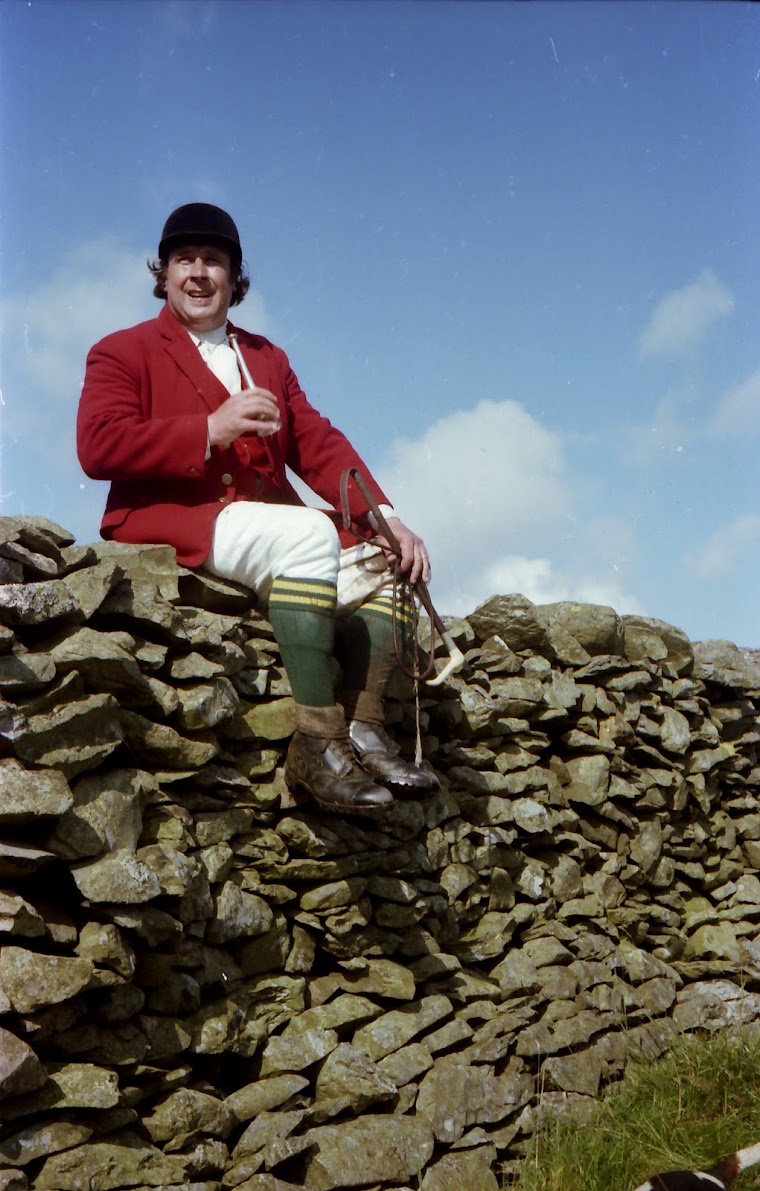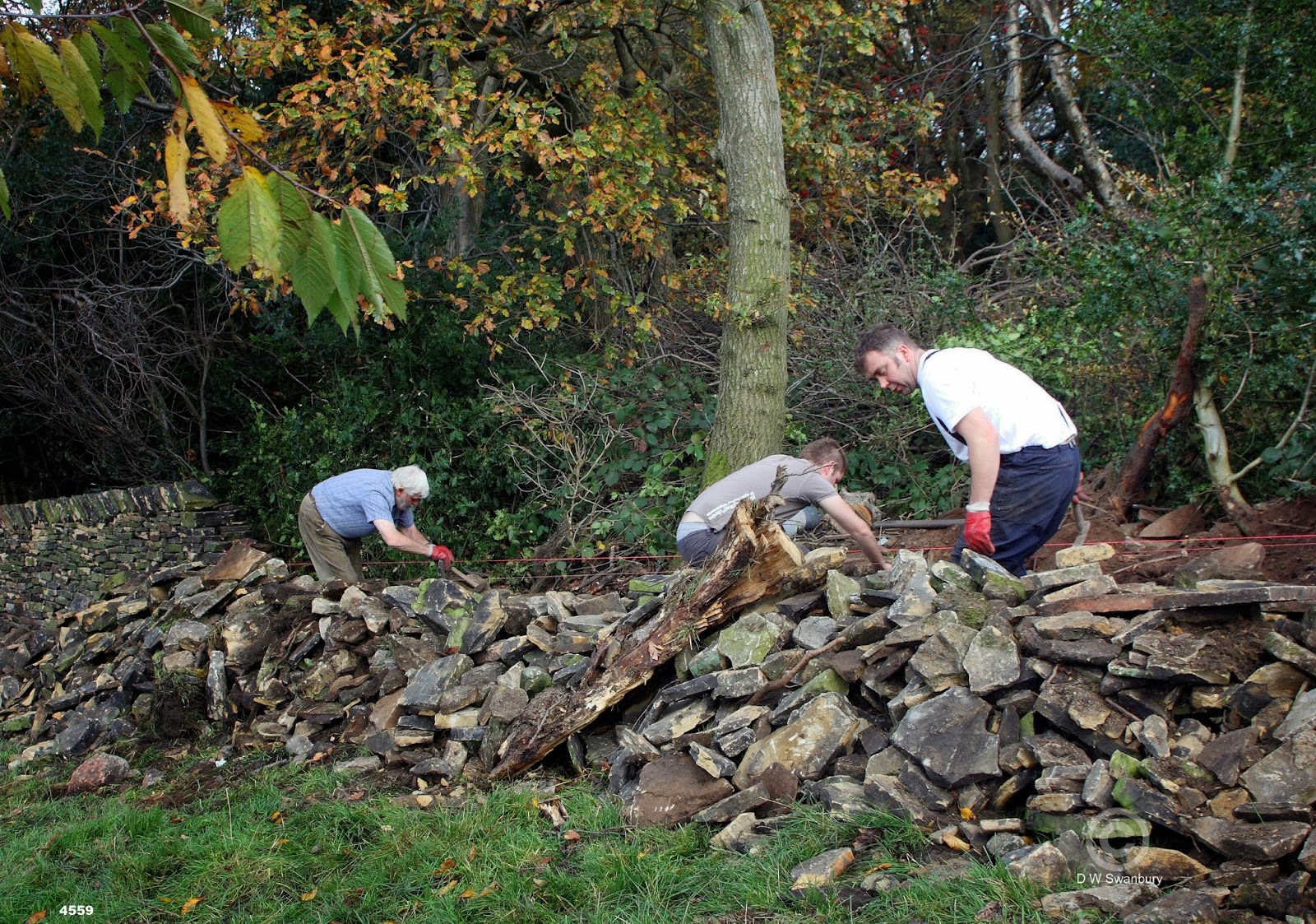A bit of background to set the
scene.
Certainly most who might read this
may not have been born during the times of which I write as it is of a very different
age.
Ernest Fisher Lodge, often called
‘Oliver’, was my mother’s brother. He lived
a ‘Boy’s Own’ adventure book life initially in the Dutch East Indies – Sumatra,
and during the latter end of the war, having been a tank commander at Tobruk,
wounded and escaped from Italy as a POW, he was again in Sumatra serving
clandestinely as a Force 136 operative and Major during the Japanese occupation
where, on the 25th August 1945, he relieved a POW camp from the surrendering Japanese housing the surviving
desperate and emaciated Pakan Baroe Sumatra Death Railway prisoners, who had
just finished its construction
SOE.
SOE.
On completion of his extended war service he went to Malaya as it then
was, to manage Cheroh Estate in Raub, Pahang, which was a rubber plantation,
surviving the ten years of the insurgency there despite being ambushed where
two of the attackers were killed.
That is just a small snippet of a
very varied and exciting life. There are many stories to tell.
So,
in February 1929 being in residence at Devonshire Hall, Headingly, graduating
from Leeds University, he was in the lounge reading the news headlines when a friend pointed
out an advertisement saying ‘Planters wanted for Malaya.’ As jobs were already scarce in the UK
and getting worse he applied thinking they were both applying. The
friend didn’t. Within a month he was in Thread Needle Street,
London, being interviewed by the Board of Guthrie and Co Ltd, the owners of
many rubber and oil palm estates in Malaya and Sumatra.
When
asked one question at the interview if he played Bridge he was able to respond
positively having been a keen player.
On the strength of that and a rather suspect reference from a Professor
Waddington, based on a year of ‘agriculture’ which was largely colouring maps,
he got the job
A
month later he was aboard a fine passenger ship of the era, the ‘Mooltan’, bound
for Malaya.
Image Source –
This
was a month’s journey with interesting stop-overs in Marseilles,
Port Said, Bombay, Karachi, before berthing in Penang.
Having
unloaded his gear into a rickshaw, pulled by an old Chinese, they found a small
Chinese hotel. Next day he looked up
Guthrie’s office on the water-front and was told that there had been a change
of plans. Whilst on his way out a Scots
assistant on a Guthrie’s estate in Sumatra had been stabbed twice in the back and he was to take his place. This gave him a few days to look over Penang whist waiting for a
boat to Sumatra; to the nearest port of Medan,
where Guthrie’s again had an office. Sumatra, a big volcanic island
almost 1000 miles long was mostly tropical jungle. Rubber, oil palm, tobacco, sisal, coconuts,
pepper, nutmeg, cocoa, coffee, were planted from Medan downwards along
the East Coast, helped by some 300 miles of railway. The equator bisected the island into two
almost equal parts. For a naturalist it
was a paradise being the home of a great variety of insects, moths,
butterflies, birds and animals; including tigers, bears, and orang-utans,
monkeys etc.. Most of the latter he
never saw as there was ample room for everyone.
The
only other assistant as he was called, on Panigoran Estate, was a Scotsman, Mackinnon, whose
bungalow he shared until the other chap recovered from his wounds. He regarded Mac as one of the finest men he
had ever met and Mac later become his manager.
When war broke out in 1939 Mac was on leave on the way to Scotland
and ended up down the Amazon, with a light plane at his disposal, to stimulate
rubber production amongst the natives who were crudely extracting latex from
the jungle there. Following that he
opened up and managed 50,000 acres of rubber in Liberia
before retiring.
So
to the subject of ‘TIGER’.
Extract
from a letter by ‘Oliver’ to his brother in Hawaii
in 1938 –
Mackinnon
shot a tigress this month. It had been
lifting dogs and small animals from a Malay village on the corner of our estate
and finally killed a cow belonging to the Bengali milkman, in broad daylight at
10am. The Malays then set a trap for
it and caught it the same night, its foot being caught in the jaws of a large
rabbit type trap. Mackinnon was
passing in his car when he saw all the natives collected around – at safe
distance even though the animal was trapped – and he shot it and bought it from
them, sending it to Medan to be skinned and cured
It
is common to see tracks of tiger around the jungle edge but I have only seen
one tiger during my time here and that was at night from the inside of a
car. Another shy animal is the tapir
which I have not seen yet but whose tracks I very occasionally come
across. Whilst walking through the new
clearing some time ago where coolies were draining, I came across the lower
half of an elephant’s jaw thrown out with the mud. It seems to be in a semi fossilised
condition. In this district there are no
longer elephants although they are still common on other parts and the police
have to drive them away from cultivated areas where they are doing damage. They are protected by the Gov’t., as also in Malaya, but sometimes
permits are given to shoot one which is proving obstinate. They are a small variety compared with the
Indian or African beast. This applies to
tiger and rhinoceros too. The latter animal seems to be almost extinct as I
have never met a Malay who has ever seen one or seen one’s tracks. It inhabits the hills they say.
All sorts of medicinal qualities are
attributed to the tiger and rhino.
Whenever a tiger is killed the Chinese are around like flies to get the
different portions of the body. The
liver, kidneys, heart, in fact almost all of it are cured, dried and powdered
and sold as medicine. The bones are
dried and powdered in the same way, whilst the whiskers are classed as valuable
as any other part. Mackinnon tells me
that when he had shot the tiger the Malays all became very brave and gather
around kicking it saying, ‘That’s for my dog’, ‘That’s for my goat’, etc., and
that they opened its jaws wide and
pulling out the tongue as far as possible each man wanted to stroke it. The tongue is a magnification of the cat’s
and nothing more than a coarse rasp. I
gather that there is some superstition attached to this stroking, the stroker
in some way taking on the fearlessness of the tiger.
Later,
when living in Malaya, Oliver only seemed to see dead tigers or the remains of what tigers
had killed. A pretty lady he and his
wife knew, pictured on the right was an unfortunate victim of a tiger.
Once
she had had a chance meeting with a tiger and its cubs by a river bed but had
escaped unharmed. Not long after the photograph was taken she was bending down
cutting weeds. A tiger took her and it
ate her leaving only her head and feet.
This was the only fatality he knew of around that area and was
exceptional.
A
more happy event, although not without some distress to it is the story of the
tiger Kaseh.
Kaseh
was one of three cubs whose mother had been shot near Raub for some
reason. The three cubs were adopted and
brought up, one by the Game Warden, one by the wife of the Chief of Police and
the other by Oliver. It grew up to be
very friendly and ran freely around the bungalow and garden.
When
it was about a quarter grown it was decided to offer it to Whipsnade Zoo who
wanted a female ‘Malayan’ tiger. I am
not sure what sort of tiger it thought to be then, as the Malayan tiger
is a subspecies that was only recognised as such in 2004.
Hearing
of Kaseh going to Whipsnade, the Police Chief’s wife decided to do the same
with her tiger and it was accepted. And
so preparations were made to transport them.
‘Oliver’ had organised for a special box to be made to his dimensions to
transport each of them and made all the transportation arrangements. Taking it to the airport, the Police Chief’s
wife decided to take hers in the boot of her car with the lid lodged open
sufficient for it to get fresh air while ‘Oliver’ took Kaseh in the box he had
had made. On arrival at the airport, the
Police Chief’s wife was profoundly distraught to discover that the gap had
sucked in the exhaust fumes and killed her tiger.
The
loading crew refused to put the Kaseh’s box on the plane despite all the
advance notice. As an argument ensued,
the pilot, in passing, overheard and told ‘Oliver’ to shove it on when all the
passengers were on, which he did. Kaseh
went on to be a star attraction frequently being in the news and rearing many
cubs, once being on TV and led with a chain by a young girl.
I
was very lucky that Whipsnade Zoo were kind enough to do some detailed research on Kaseh
since her appearance there is now resident in the mists of time, hidden in
hand written archives, and no one working there now would be old enough to know anything about her.
She
had a total of ten of cubs, but probably
the most famous ones at the time were the triplets, Deidre, Dawn, and Doreen whose
birth got quite a bit of Press. They
were sold when nearly 5 months old to Robert Brothers circus in December 1962.
Daily Express photo -
Kaseh with one of the triplets
The
newspapers at the time say the father was called Sultan. I am wondering if they got this wrong. Her
intimacies producing most of her cubs were with a tiger called Rajah and
Whipsnade Zoo research found no trace of Sultan.
Rajah and Sultan are very similar in meaning except the title Sultan is
given to Muslim potentates, so I suspect they got the name wrong and it should
be Rajah. Kaseh’s
first litter of two cubs was in 1960 to Rajah and she
would later have the other six cubs to him if the name was wrong.
On
the other hand her final dalliance was with a tiger called Sahib and in 1965 had two cubs called Julia and Margaret sold to Malton.
She
died in 1967 of tomaemia aged 14 years 2months and 12 days.
This
picture was recently purchased from Historic Images in Memphis Tennessee. The
back of the photo is also stamped Keystone Press Agency Inc. of New York - so interest in Kaseh must have had a slightly international flavour.
And while I have been preoccupied doing this post the dogs have raided the fridge! Oh dear!



















